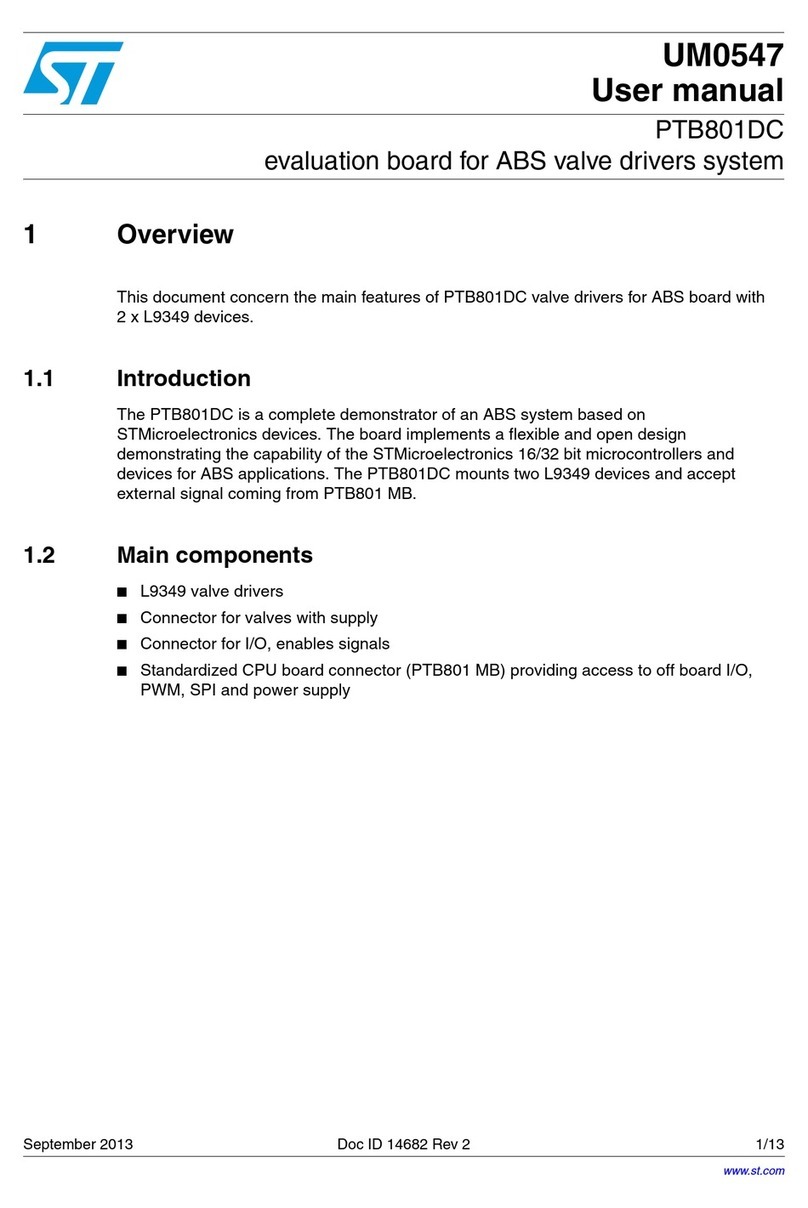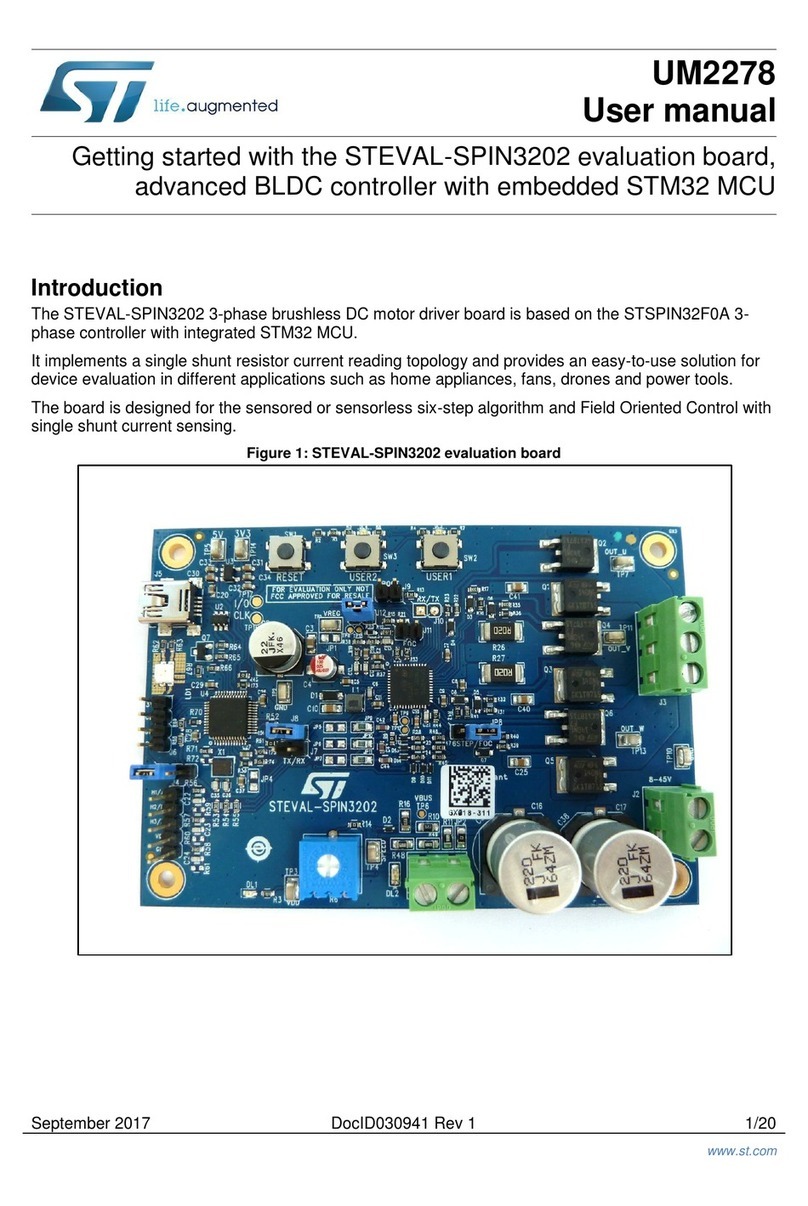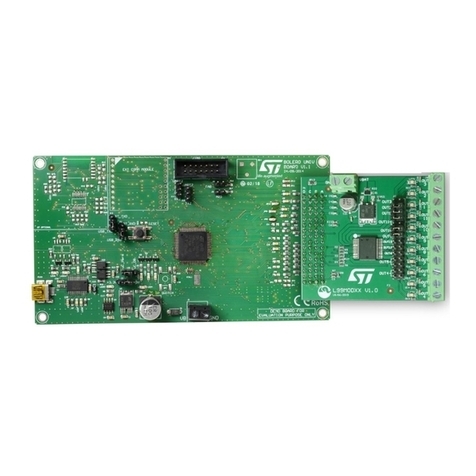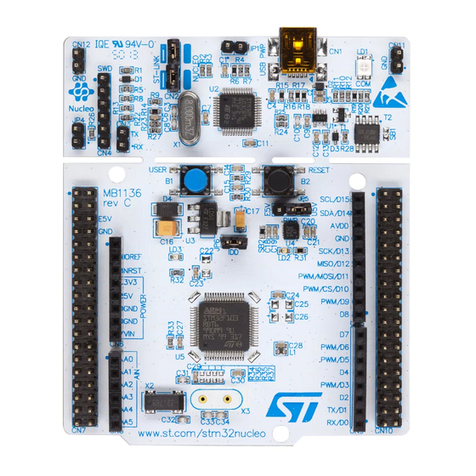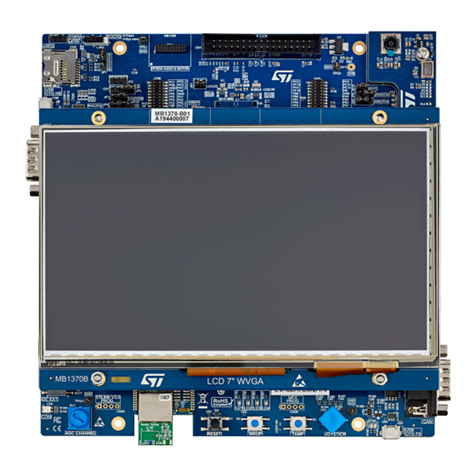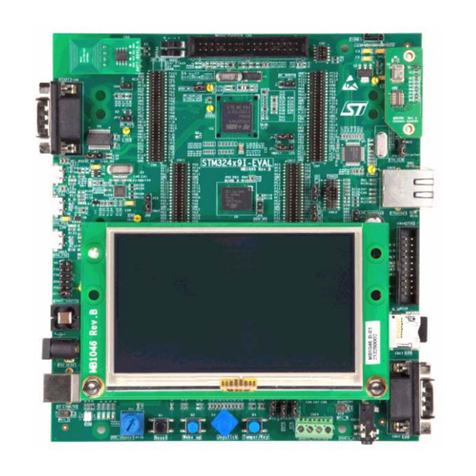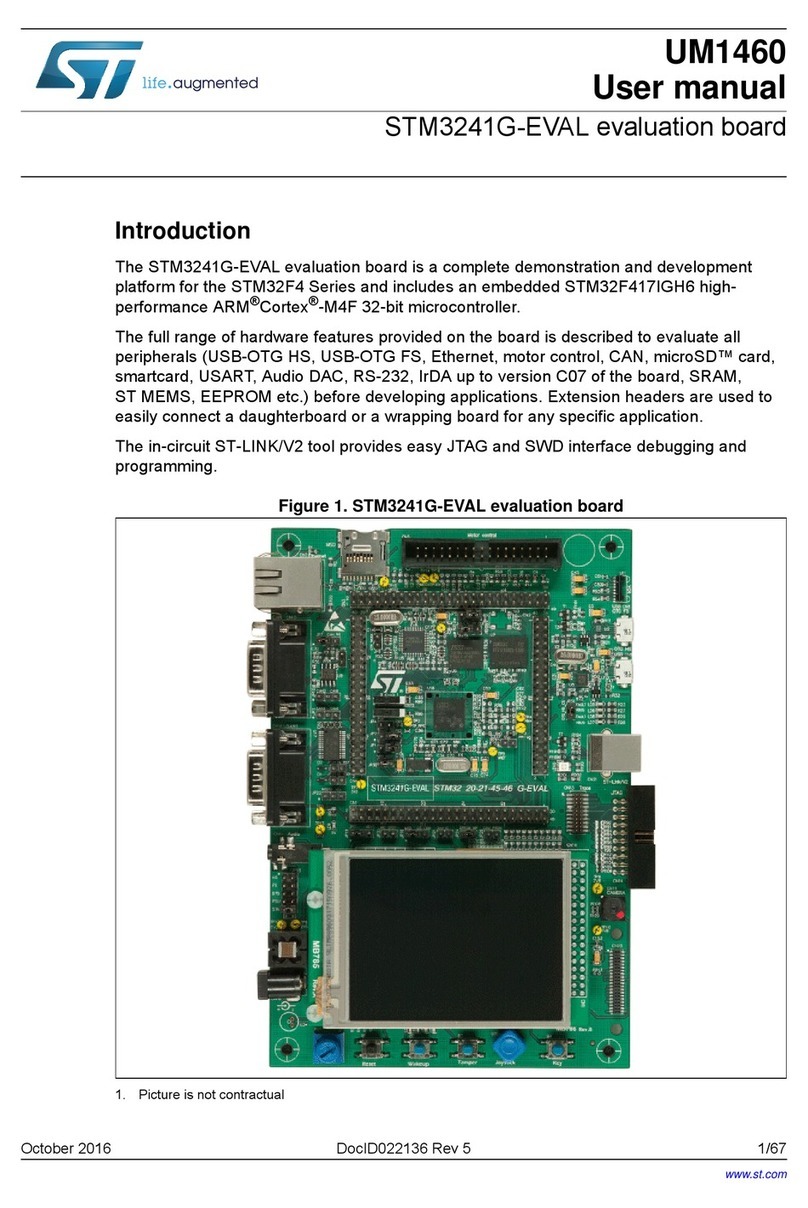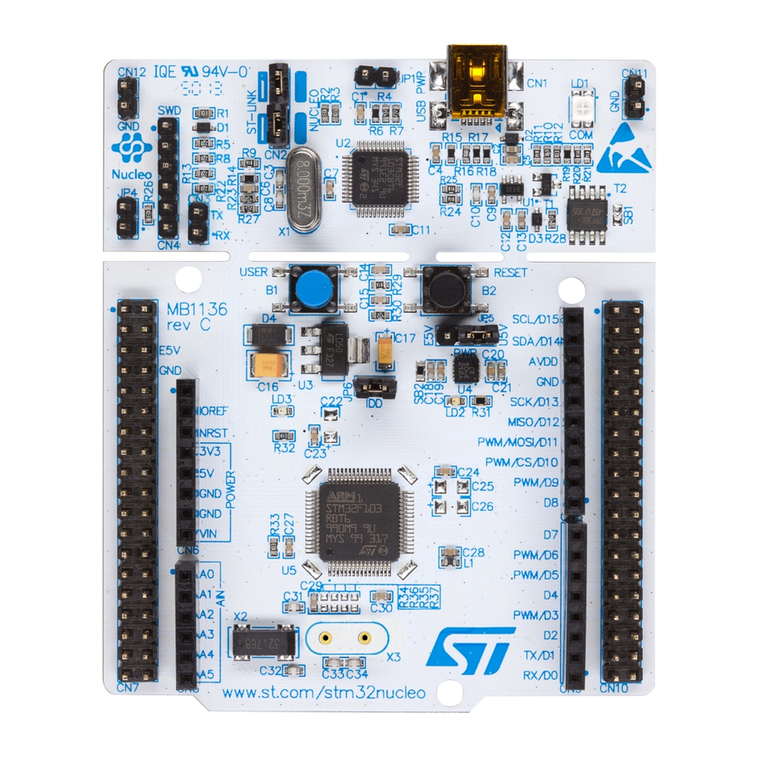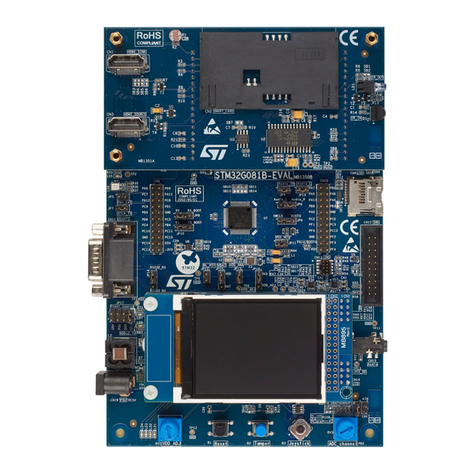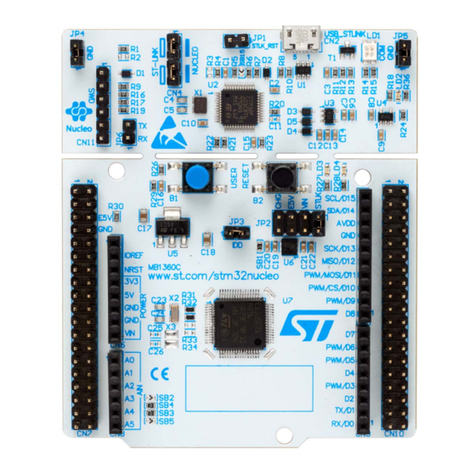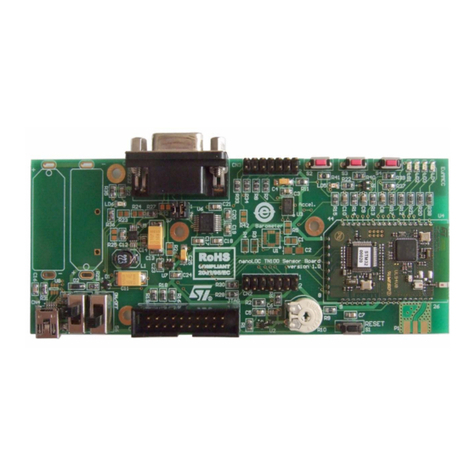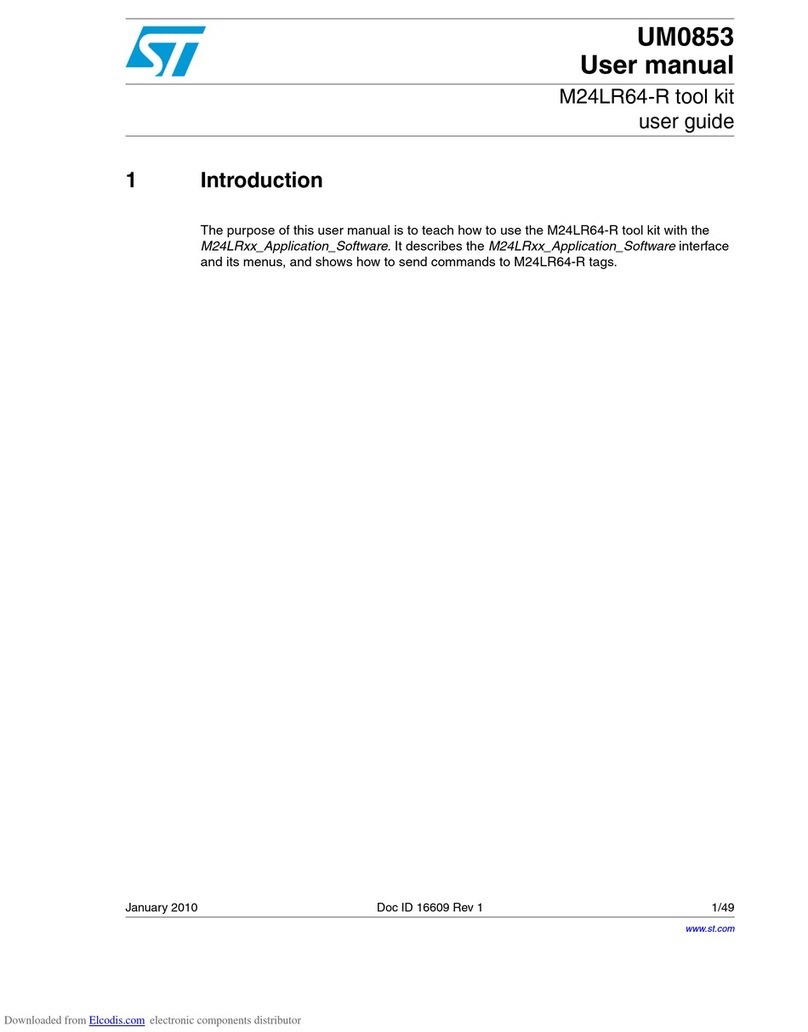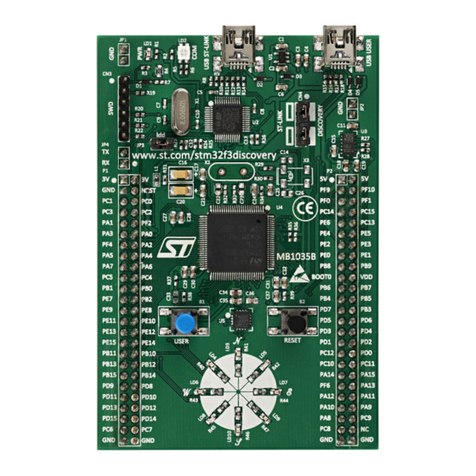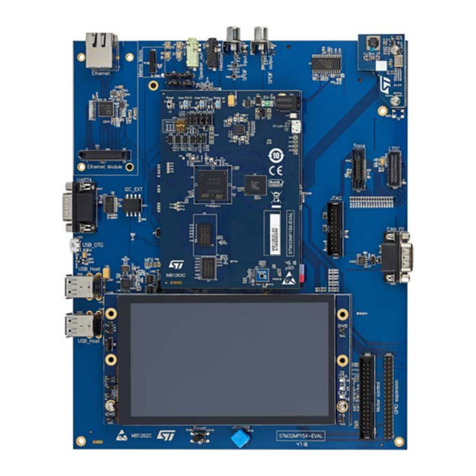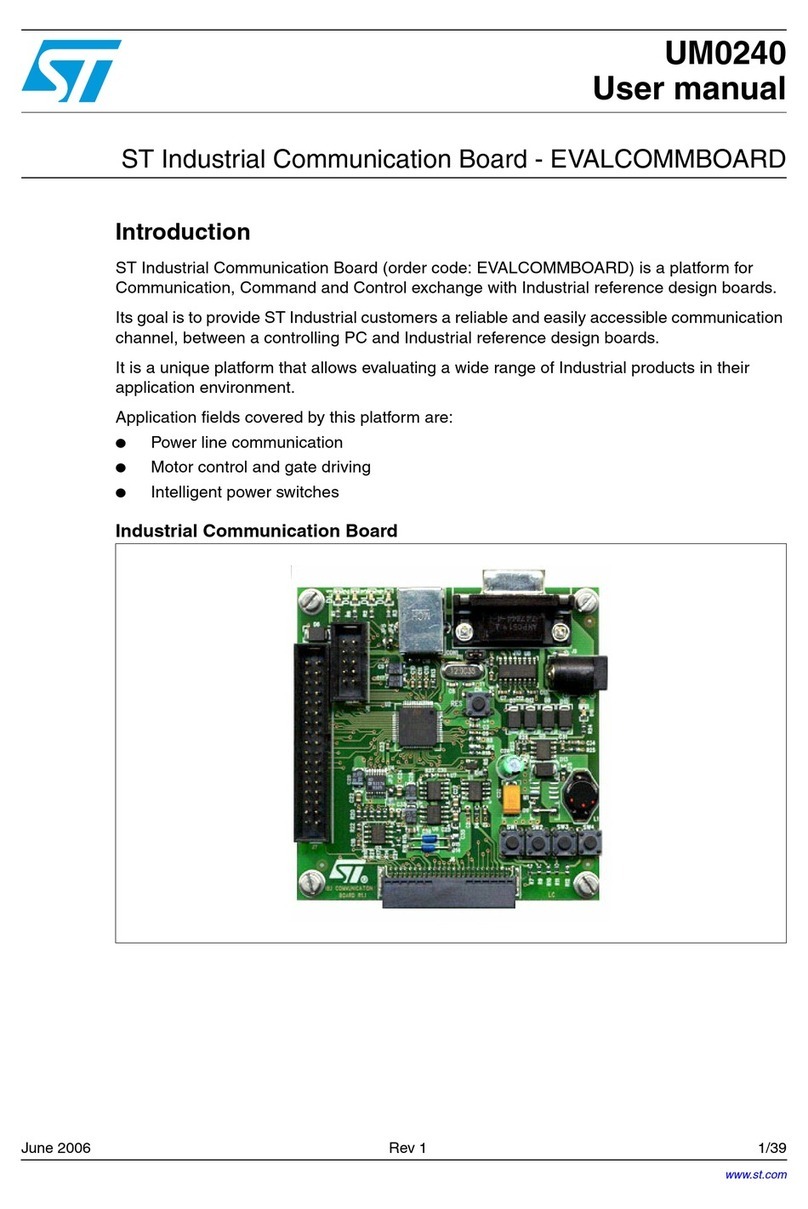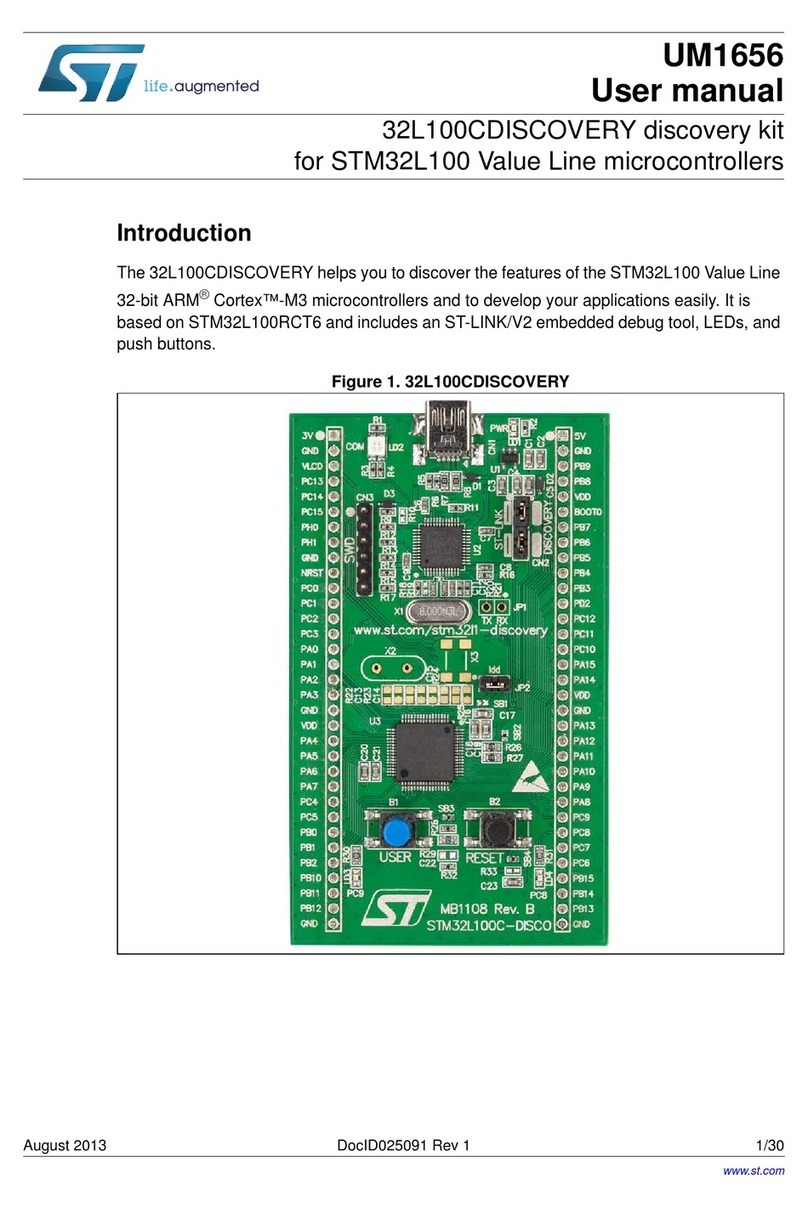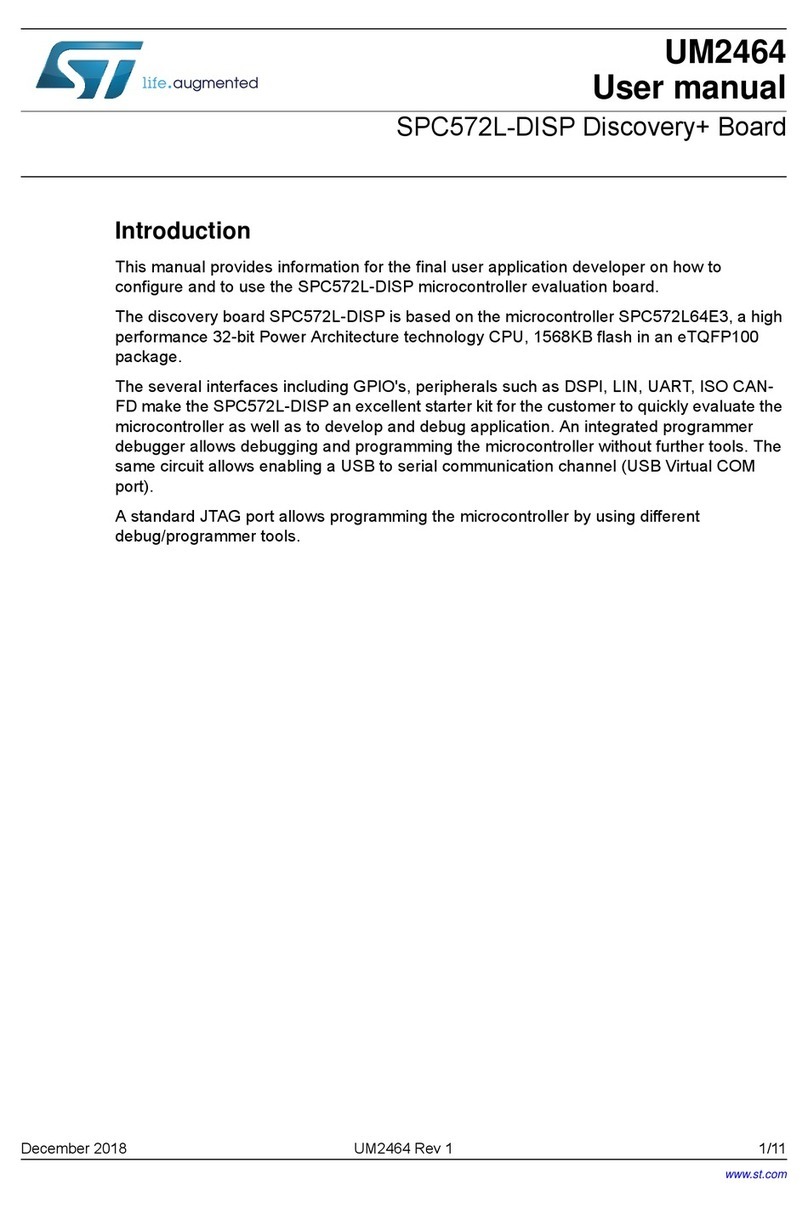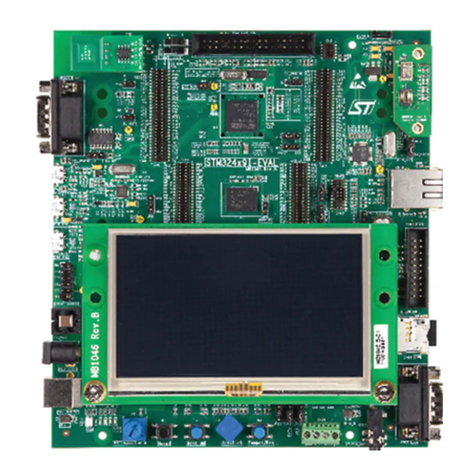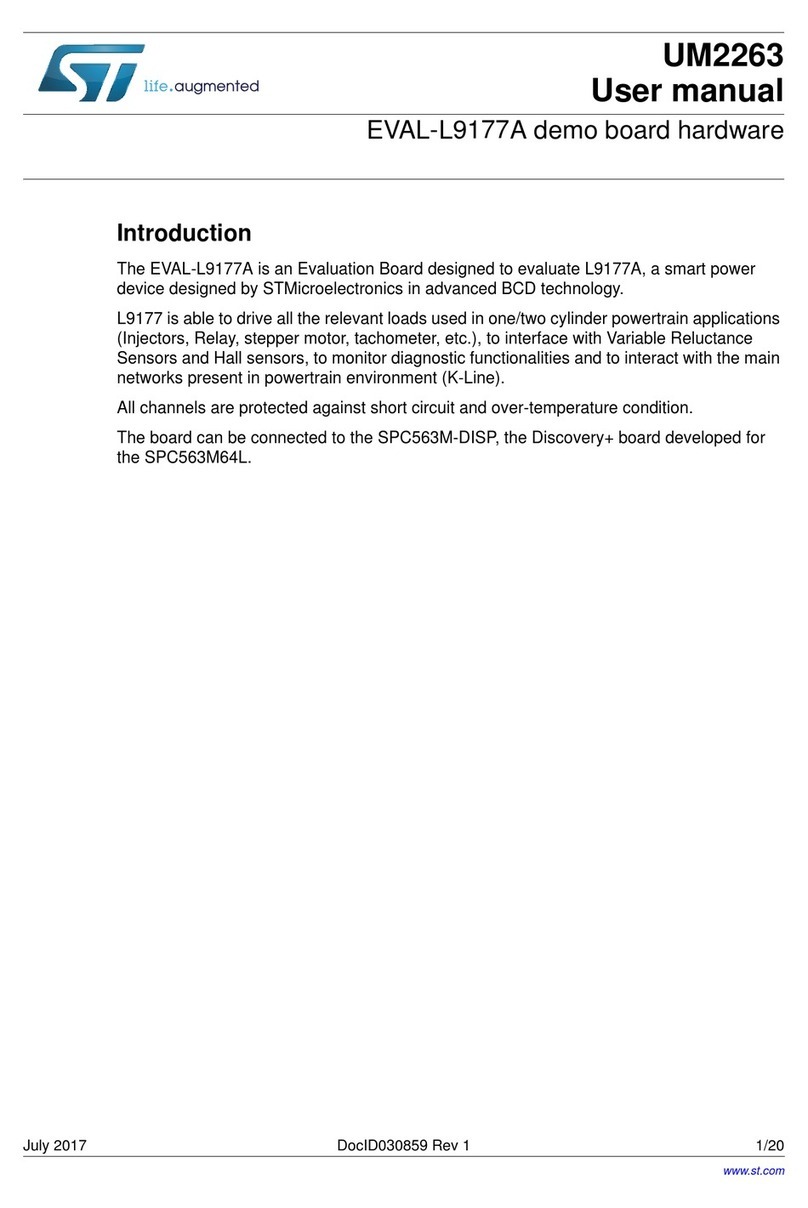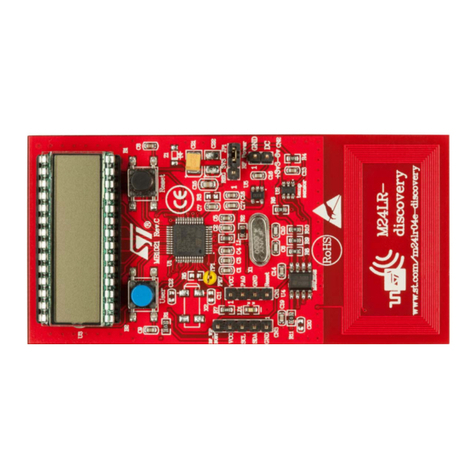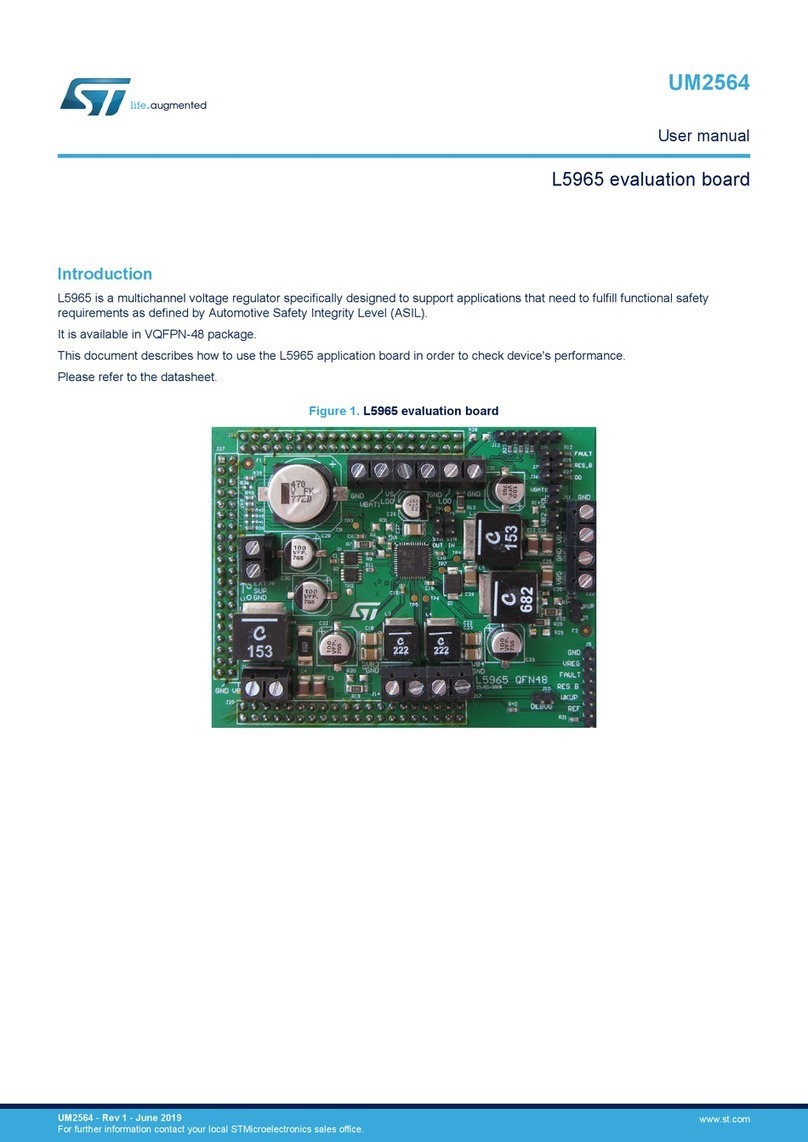
Contents
1Demonstration board overview......................................................6
1.1 What does this demoboard aim to demonstrate?..............................6
1.2 STEVAL-ISF003V1 functional blocks................................................6
1.3 Target applications............................................................................7
1.4 Main part numbers............................................................................7
1.5 Operating range................................................................................7
1.6 Performance characteristics..............................................................8
1.7 Standby consumption........................................................................9
2Getting started...............................................................................11
2.1 Safety instructions...........................................................................11
2.2 Board connection and start-up........................................................11
2.3 DC bus capacitor discharge for demonstration purposes................13
2.4 LED indications...............................................................................13
2.5 Possible board variations................................................................14
2.5.1 EMI filter and DC bus capacitor alteration........................................ 14
2.5.2Power factor circuit connection ........................................................ 14
2.5.3 Motor inverter connection................................................................. 15
2.5.4 Control with an external microcontroller........................................... 15
3Schematic diagrams......................................................................17
4STEVAL-ISF003V1 power supplies and typical consumption....20
5Inrush-current limitation...............................................................22
5.1 IEC 61000-3-3 overview..................................................................22
5.2 STEVAL-ISF003V1 compliance with the IEC 61000-3-3 limit.........22
6Mains voltage dips and interruptions ..........................................26
7AC voltage monitoring and zero-voltage synchronization.........30
7.1 Zero voltage and AC line voltage sensor circuits ............................30
7.2 Zero AC line voltage detection........................................................31
8SCR switch insulated control.......................................................32
9EN55014 test results .....................................................................34
10 STEVAL-IHT008V1 silk-screen .....................................................35
11 Bill of materials..............................................................................36
12 Test points.....................................................................................40
